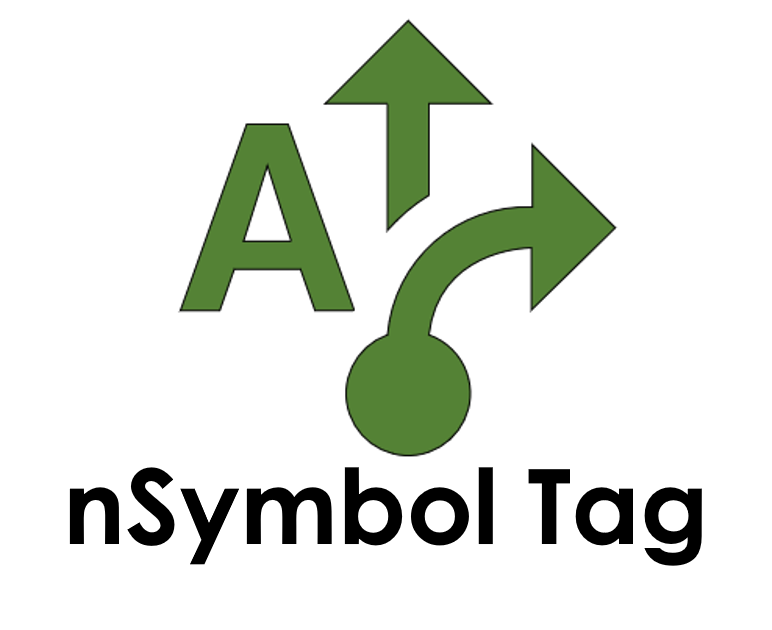Workflows Without Walls
AI Support for High-Frequency Tasks
Organizations often face repetitive administrative tasks that are crucial yet resource-intensive. These tasks—such as data gathering, report generation, form filling, and data transformation—are common across departments and industries.
Our software employs an AI-in-the-loop approach to streamline these tasks without removing human oversight. The platform is designed to support user control, enabling professionals to enhance their workflows by delegating specific tasks to AI while retaining ownership of the final outputs.
A Typical Workflow: Human-Led, AI-Augmented
Our platform follows a modular workflow model where users remain in control, supported by AI at each step. Here's how a typical task might unfold:
1. Smart Data Collection and Autofill
Human Action: The user selects a report template that requires specific data and instructs the AI to gather and populate the forms, optionally providing real-time guidance. |
2. Engineering AI Chain Instructions
Human Action: The user requests a specific output based on the verified data from step 1. They may use a pre-existing prompt or create a new one. |
3. Running the AI Chain
Human Action: The user initiates the AI chain, integrating the inputs to generate the desired result. This can be done sequentially for multiple tasks. |
4. Final Document Assembly
Human Action: After all components are finalized, the user clicks a button to auto-assemble the final document, ensuring it is consistent in format and brand. |
5. Chaining Workflows
Human Action: Completed outputs can serve as inputs for new tasks, enabling streamlined workflows across projects.
AI Action: The AI extracts relevant information to inform the next steps efficiently.
Real-World Use Case: Education
In education, collaboration often crosses roles, departments, and timelines. Our platform simplifies this complexity. Here's how a cross-professional workflow might unfold asynchronously:
School PsychologistAfter completing a psychoeducational assessment, the psychologist uses the AI to autofill fields from a standardized score report into the system. They then launch an AI chain to draft the assessment report, utilizing specific conditions and recommendations tailored to the student's needs. |
TeacherThe classroom teacher reviews the completed psychological assessment and uses the AI to autofill an Individualized Program Plan (IPP), integrating relevant diagnoses and recommended interventions based on the guidelines. |
School AdministratorFollowing the completion of both reports, the administrator prepares a Grant Monitoring Form, leveraging the AI to autofill critical information from the previous documents for submission to the provincial education authority. |
Government AnalystLater, a government employee uses AI to extract and compile data from submitted Grant Monitoring Forms into a summary table, facilitating easier analysis for funding decisions. |
This example illustrates how our platform fosters collaboration across multiple roles, allowing each professional to work independently yet efficiently, resulting in faster turnaround times and consistent quality. Let the software handle the technical complexities so you can focus on what matters most.

